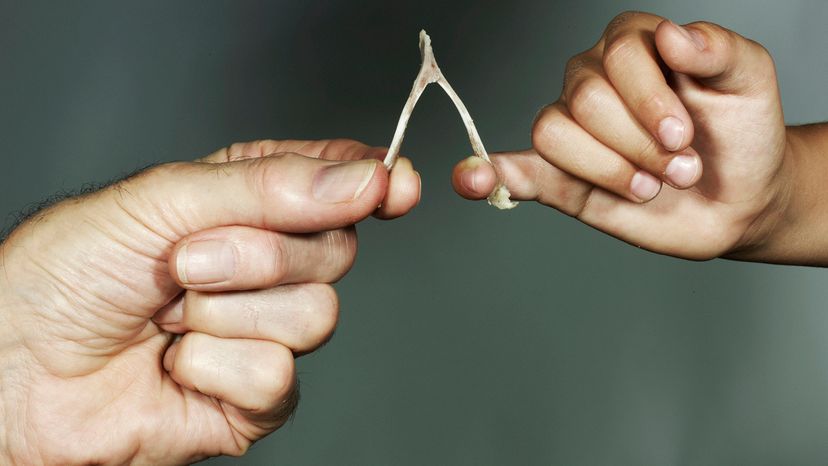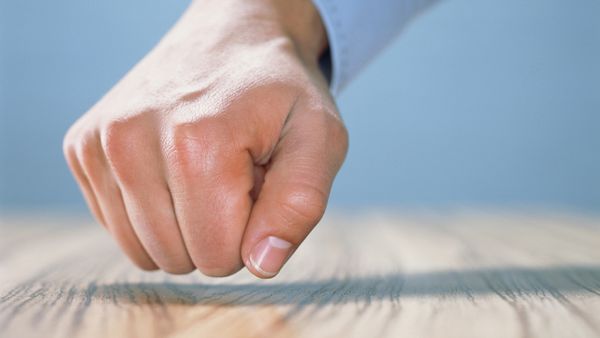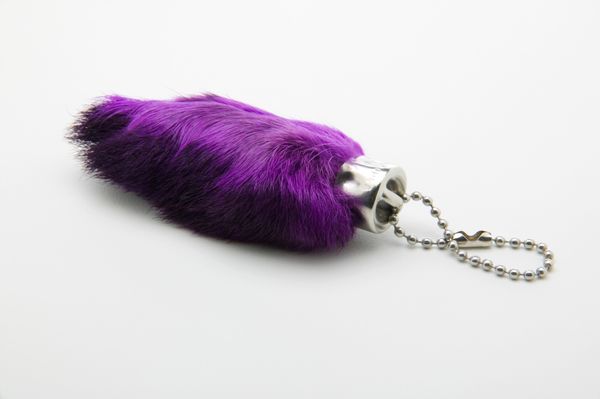The furcula, or "wishbone," of a turkey, duck or chicken is the fusion of the bird's clavicles right above the sternum. Although today we mostly hear about playing the wishbone game with turkey bones during the holidays, the origins of wishbones as lucky charms go all the way back to ancient times.
Around 700 B.C.E., the Etruscans believed birds were oracles that could tell the future. Whenever the Etruscans slaughtered a chicken, they would leave the furcula in the sun to dry out, preserving it in hopes of gaining some its divining powers. Villagers would then pick up the furcula and gently stroke it while making a wish, giving it its more common name: the wishbone.
Legend has it that the Romans then picked up on this superstition. However, chickens were scarce, and therefore, so were the wishbones. People had to resort to cracking the bones in half so there were enough to go around.
Later, the Romans passed the wishbone-cracking tradition to the British, who then carried it over with them to Plymouth Rock. As this new land was abundant with wild turkeys, people began using turkey wishbones for luck.



